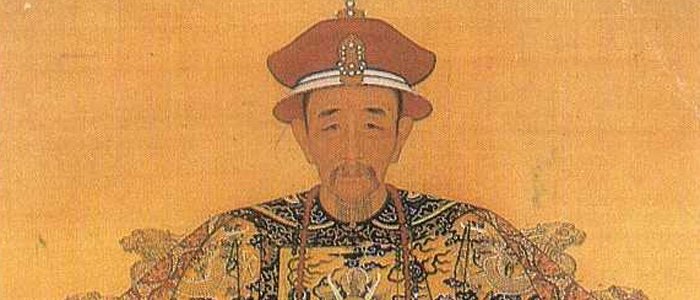Interrogating the Oracle
(from the The Original I Ching Oracle , Watkins Publishing, London, 2005, Introduction)
From the imaginal nature of the Yi Jing texts and from the approach to divination outlined above we can derive a few indications about how best to formulate a question to the oracle.
Ask only questions that are emotionally significant for you. The emotional charge in your question is the energy that activates the archetypal images in the answer. Only then they can speak to you and cause a rearrangement of your view of the situation. A question asked out of simple curiosity rarely gets a meaningful answer: the psychic energy required for significantly processing the matter is simply not available.
Divination is not meant to replace critical reflection and introspection. Interrogating the oracle is useful only after you have deeply examined the situation and yourself and out of this examination you have distilled an appropriate question.
Avoid asking the Yi Jing what to do, and avoid asking questions that expect yes or no as an answer (e.g., is it right to do this? will this succeed?). The answer will consist of images, and it will say neither yes nor no: it will be up to you to decide for a yes or a no, based on the resonances that those images call up in you.
Avoid alternatives (e.g., should I do this or that?). If the question is formulated as an alternative, it is difficult to decide whether the images contained in your answer refer to ‘this’ or to ‘that’. When you are faced with an alternative, try to make a tentative choice (maybe the choice that is closer to your heart or the one that awakens more energy in you) and ‘test’ it with the Yi Jing (“what about doing this?”). The answer will usually indirectly illuminate also the other option. A typical formula we often use at Eranos is “give me an image of… (this situation, this choice, etc.)”
Be as specific as possible. Do not be afraid to narrow your question down. The answer to a vast or general question is often difficult to interpret, because the images can be read in too many different ways. On the contrary, starting from a concrete and emotionally significant question, the answer of the oracle frequently expands to include larger issues in the consultant’s life. In this respect the process of Yi Jing divination can be symbolized by an hourglass shape (see the Eranos stone slab Genio Loci Ignoto). In the top half of the hourglass all the complexity and confusion of our existential situation gets narrowed down to a very pointed, specific question. In the lower half, starting from that narrow focus, the oracle’s answer opens up to embrace a much larger dimension.
Read on: lines and hexagrams
